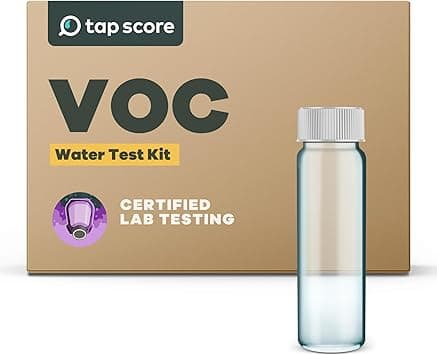Chlorobenzene
Synthetic volatile organic compound (VOC). It is used as an industrial solvent, degreaser and as in intermediate in chemical synthesis. Chlorobenzene may have aromatic, almond-like odor and taste. It is readily volatile, thus all routes of exposure (ingestion, inhalation and dermal) are relevant if one is exposed via drinking water.
EPA MCLG Level
100 ppb
Maximum level that poses minimal health risk based on the latest science
Health Effects
Drinking water standards for chlorobenzene are based on potential liver and kidney toxicity.
Affected Organs & Systems:
Common Sources
- Not naturally occurring, so its detection in the environment and source water is the result of human activity
- Sources include release from sites where it is produced and used in industry
- Primarily detected at elevated levels near hazardous waste sites
How to Remove It
Water filters certified under the following NSF standards are effective at removing Chlorobenzene:
EPA MCLG Level
The EPA MCLG represents the maximum level that poses minimal health risk based on the latest scientific research. It's often more protective than federal legal limits.
Contaminant Type
Chlorobenzene is classified as a VOCs contaminant.
This contaminant primarily affects the kidneys, liver.
Check Your Water
Find out if Chlorobenzene is in your tap water.
Search Your CityTest Your Water for This Contaminant
Public water reports may not test frequently enough or at your specific tap. Professional home testing provides current, location-specific results.

SimpleLab
Standard Home Water Test
$232
Comprehensive water analysis testing over 200 contaminants including bacteria, heavy metals, and chemical compounds.

SimpleLab
Advanced Home Water Test
$369
Most comprehensive home water test including all standard tests plus additional parameters for ultimate peace of mind.

Tap Score
Volatile Organic Compounds (VOC) Test
$139
Detects volatile organic compounds including industrial solvents, fuels, and chemical contaminants.